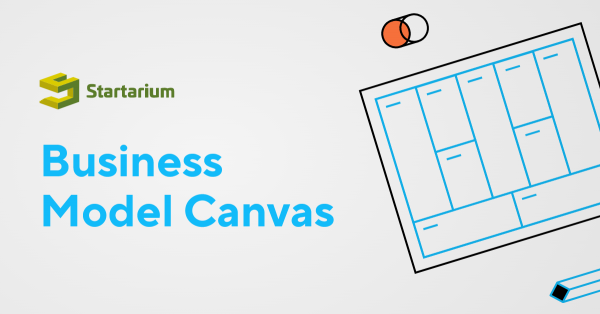The price is not just a “number on a tag”. The price is the most powerful mechanism for profit, more valuable than volume (number of units sold) or cost control. And not just that: the right price is key to helping your mission succed.

Setting the right price will allow you to build sustainable projects and to improve the impact of what you do. It may even help you continously offer qualitative products and services.
So where do you begin to calculate it?
Simply put, the price is the sum of:
- Fixed costs of running your business/project (rent, product development, production costs, utilities, workforce etc)
- Variable costs of running your business/project (the needed materials or the time spent in developing your service)
- Profit margin
For creative projects, the above mentioned factors may also include specific topics such a periods of use (transferring the rights of use to the buyer for a specific amount of time). In certain industries, such as the art industry, price can be caculated by inch/cm.
While there are a lot of factors to be considered when calculating the price of your product or service, you can sometimes find useful some average costs in your region. However, you do need to take into account things like:
- The experience you have (Are you more of a junior or more of a senior?)
- The complexity of the overall project
- Project management costs
- The number of people allocated to the project
- Costs for the tools you use & need – if the project requires for you to buy a license for a specific tool that cannot be provided by your client, for example
How do I calculate the best price?
Calculating the best price is rather difficult for a startup or an early-stage project, because you need to know how the demand changes according to the price – the so-called “demand curve”.
Until you gather all this information, you have 2 simpler options:
- compare different prices of similar products or services and think about how realistic your options are
- use some of the approaches listed below in surveys to gather indicative data
How do I discover the clients’ willingness to pay?
The clients’ willingness to pay (WTP) is a specific business indicator, expressed as a number.
To correctly estimate the WTP you have a few tools at hand:
Questions for exploring the price in an interview
- What price do you consider acceptable? Why?
- What is the price you consider high? Why?
- What is the price you consider prohibitively high? Why?
- Would you buy this product? for the price of …? Why?
Recommendation: The most important part of this interview is not the answers provided regarding the price - the most important part is the one in which you can find out why the client thinks this way.
The interview/survey for price levels
- From 1 to 5, how likely are you to buy this product for the price of …?
- If the answer is 4 or 5, stop. For most industries, a “5” answer means approximately 50% chances.
- If the answer is 1, 2 or 3, bring your price to a level lower and ask again. Repeat these steps until the answer is 4 or 5.
Recommendation: What “a level lower” means, it’s up to you. Determine the price levels you want to test in advance. You can repeat the process with the same client for more products/service configurations if needed.
Evaluate the relative value of your product’s characteristics
- If your product has more features and it’s hard to decide, a survey and a Max/Diff analysis might come in handy.
Build the right price
- If you set a relative value for each product feature, continue a series of interviews in which customers can create their own product and price. This way, as they add characteristics, the price is increasing.
Recommendation: Like interviews, the price that is obtained is less important than understanding why the clients chose those characteristics and why they stopped at that price.
Pricing strategies: why are they important, what can you avoid by setting the correctly and how price changes can influence profit
What are the best ‘traditional’ approaches when setting the price? There are 3 ways in which you can use the power the price is giving you:
- Cost plus: add a “%” to how much the manufacturing and delivery cost. Simple, but rather disconnected from what happens in the market: it can be too high or too low compared to what the consumers would pay.
- Your position compared to your competition: set a price that is higher or lower than your competition’s. But still, something is missing: how do you know whether your service should be more expensive or cheaper?
- Price based on the value: in other words, how much the client is willing to pay. This is obviously the easiest, but the most troublesome way.
How do you choose the right pricing strategy? The pricing strategy implies deciding what the price is supposed to do for your business:
- Maximizing: “the best price” that is going to provide you with the most significant outcome or profit possible.
- Penetration: the price that is going to rapidly bring you the biggest number of clients - usually, the lowest price.
- Skimming: the “optimized” price for each step of your product’s life cycle - more visible in some industries. For instance, video games go for sale at their highest prices when they are released, but their prices get lower in time.
Learn, learn, learn
The price is indeed the most powerful business tool, but it’s a difficult decision to take and quite an emotional one - especially for a creative entrepreneur.
These 2 books will help you a lot to get into detail regarding this introduction:
- Hermann Simon – Confessions of the Pricing Man: How Price Affects Everything
- Madhavan Ramanujam, Georg Tacke – Monetizing Innovation: How Smart Companies Design the Product Around the Price
- Arts & Numbers: A Financial Guide for Artists, Writers, Performers, and Other Members of the Creative Class by Elaine Grogan Luttrull























